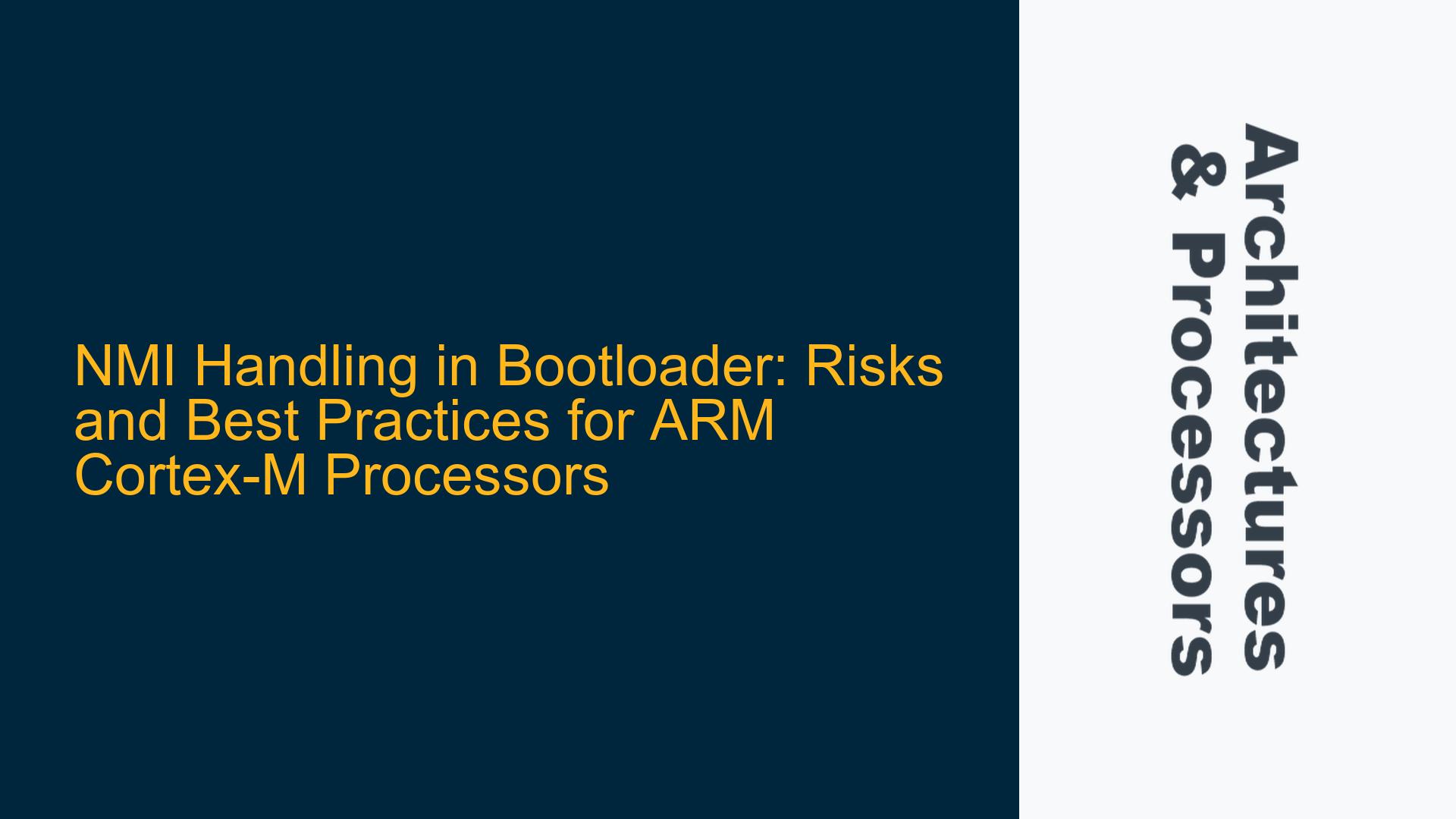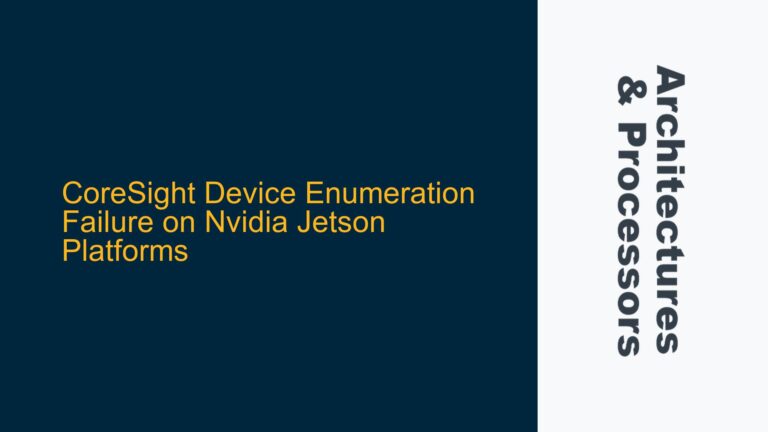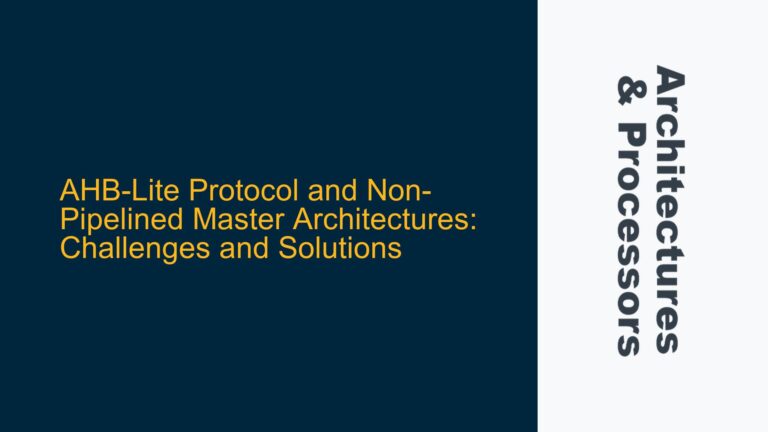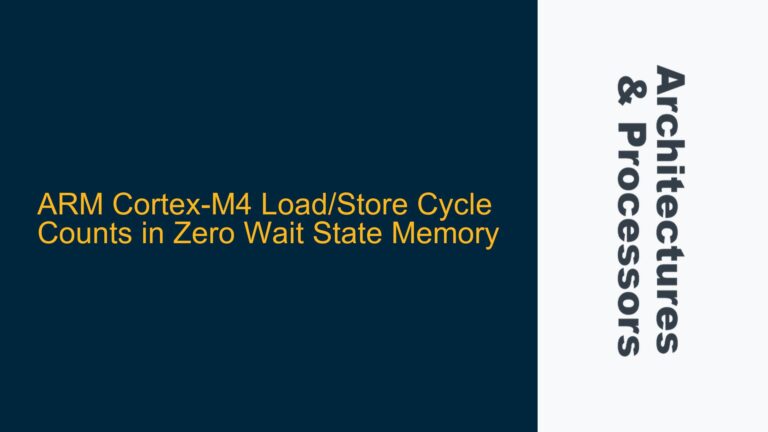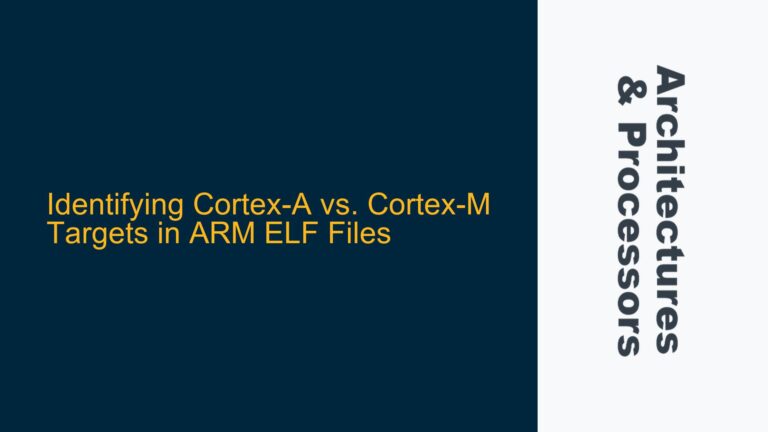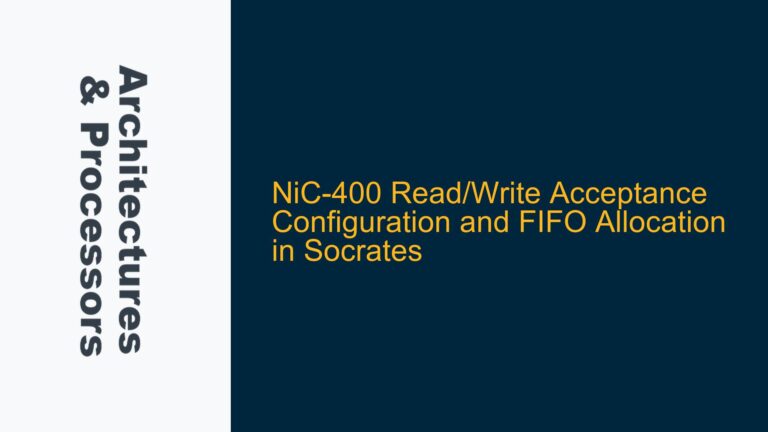NMI Risks in Bootloader Code on ARM Cortex-M Processors
Non-Maskable Interrupts (NMIs) are a critical aspect of ARM Cortex-M processors, designed to handle high-priority events that cannot be ignored, even when regular interrupts are disabled. In the context of bootloader code, NMIs present a unique challenge because bootloaders typically operate in a minimalistic environment with limited interrupt handling capabilities. The primary concern is that NMIs are often tied to catastrophic system events, such as clock failures, memory corruption, or hardware faults. If an NMI occurs during the bootloader’s execution and no handler is defined, the system may enter an undefined state, leading to a lockup or an unrecoverable error.
The ARM Cortex-M architecture mandates that NMIs cannot be disabled by software, making them a mandatory consideration for any low-level firmware, including bootloaders. The NMI vector is hardwired in the vector table, and if no handler is provided, the processor will execute an infinite loop or attempt to fetch instructions from an invalid address. This behavior is particularly problematic in bootloader code, where the system is in a transitional state and may not have full initialization of peripherals or memory.
In the case of the STM32F103RB microcontroller, the NMI is sourced by the Clock Security System (CSS), which monitors the external clock source for failures. If the CSS detects a fault, it triggers an NMI to alert the system. However, if the bootloader does not implement an NMI handler, the system will fail to respond to the clock failure, potentially leading to a complete system halt. This scenario underscores the importance of considering NMIs in bootloader design, even if the immediate use case does not require handling them.
Clock Security System and NMI Source Variability Across ARM Cortex-M Devices
The source of NMIs can vary significantly across different ARM Cortex-M devices, making it essential to understand the specific implementation for each microcontroller. In the STM32F103RB, the NMI is primarily triggered by the Clock Security System (CSS), but other Cortex-M devices may have additional or entirely different NMI sources. For example, some devices may use NMIs for memory protection faults, hard fault escalation, or watchdog timer expiration. This variability means that a bootloader designed for one Cortex-M device may not be directly portable to another without modifications to handle NMIs appropriately.
The Clock Security System is a common NMI source in many STM32 microcontrollers. It monitors the external high-speed oscillator (HSE) and triggers an NMI if the clock signal is lost or becomes unstable. This mechanism is critical for ensuring system reliability, as a failed clock source can lead to erratic behavior or complete system failure. However, the CSS is just one example of an NMI source, and developers must consult the reference manual for their specific microcontroller to identify all potential NMI triggers.
In addition to hardware-specific NMI sources, the ARM Cortex-M architecture itself defines certain conditions that can escalate to an NMI. For instance, a HardFault exception can be escalated to an NMI if the system is configured to do so. This escalation is typically used in safety-critical applications where immediate system recovery is required. Understanding these architectural nuances is crucial for designing robust bootloader code that can handle NMIs effectively across different Cortex-M devices.
Implementing NMI Handlers and System Reset Strategies in Bootloader Code
To address the risks associated with NMIs in bootloader code, developers must implement an NMI handler that ensures the system can recover or reset gracefully. The specific implementation will depend on the NMI sources and the desired system behavior. In most cases, the NMI handler should perform a system reset to restore the system to a known good state. This can be achieved using the Application Interrupt and Reset Control Register (AIRCR) in the System Control Block (SCB), which provides a software-triggered reset mechanism.
The AIRCR register allows developers to initiate a system reset by writing a specific value to the SYSRESETREQ bit. This reset mechanism is architecture-defined and ensures that the entire system, including the processor core and peripherals, is reset to its initial state. However, developers should be aware that the effectiveness of this reset mechanism may vary depending on the microcontroller’s implementation. Some devices may require additional steps to ensure that all peripherals and memory are properly reset.
In cases where the AIRCR reset mechanism is insufficient, developers can use the microcontroller’s watchdog timer to trigger a reset. The watchdog timer is a hardware feature that monitors the system for software lockups and initiates a reset if the timer is not periodically refreshed. By configuring the watchdog timer to expire shortly after an NMI is triggered, developers can ensure that the system resets even if the NMI handler encounters an error. This approach provides an additional layer of reliability, particularly in safety-critical applications.
When implementing an NMI handler, developers should also consider the potential for nested NMIs or other exceptions. The ARM Cortex-M architecture supports exception prioritization, which ensures that higher-priority exceptions can preempt lower-priority ones. However, if an NMI occurs while the system is already handling another exception, the processor may enter an unrecoverable state. To mitigate this risk, the NMI handler should be designed to execute as quickly as possible, minimizing the window of vulnerability for nested exceptions.
In summary, handling NMIs in bootloader code requires a thorough understanding of the specific microcontroller’s NMI sources and the ARM Cortex-M architecture’s exception handling mechanisms. By implementing a robust NMI handler and leveraging system reset strategies, developers can ensure that their bootloader code is resilient to unexpected events and capable of recovering from catastrophic failures. This approach not only enhances system reliability but also facilitates portability across different Cortex-M devices, making it a best practice for embedded systems development.
